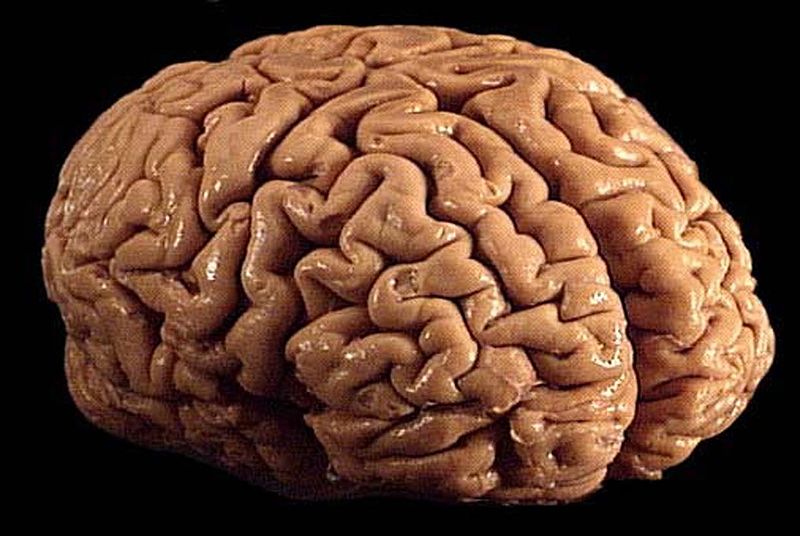Expert Reaction
These comments have been collated by the Science Media Centre to provide a variety of expert perspectives on this issue. Feel free to use these quotes in your stories. Views expressed are the personal opinions of the experts named. They do not represent the views of the SMC or any other organisation unless specifically stated.
Dr Bryce Vissel is a Professor in the School of Clinical Medicine at UNSW and Director of the Centre for Neuroscience and Regenerative Medicine at St Vincent's Hospital Sydney
When a new idea emerges for repositioning a diabetes drug for devastating brain disorders, it is essential to give that idea attention.
Numerous studies have identified type 2 diabetes as a risk factor for stroke, Alzheimer’s disease, vascular dementia, and Parkinson’s disease, among other disorders. The term ‘type 3 diabetes’ has been coined to draw attention to the suggestion that Alzheimer’s disease, at least, may be a kind of form of diabetes in the brain. We have previously suggested that brain insulin resistance, which is a characteristic of type 2 diabetes, follows from the inflammation that is a hallmark of neurological diseases.
An increasing number of preclinical and human clinical trial studies now suggest that targeting insulin signalling with drugs used for diabetes may provide a disease-modifying therapy for Parkinson’s disease and Alzheimer’s disease.
In particular, a class of drugs used in this study called 'GLP-1 mimetics' look very interesting.
In an exciting new development this research suggests that this approach may offer an entirely new way of treating a devastating disease called multiple system atrophy (MSA). MSA is a rare, adult onset, fatal brain disease (presenting with autonomic failure, Parkinsonism, and cerebellar ataxia), with an average survival time from diagnosis of 6-9 years. There are no effective symptomatic therapies for the motor features of MSA, and there is no avenue for slowing disease progression. The suggestion that this diabetes drug could offer a therapeutic approach for MSA is therefore potentially of enormous importance and deserves close scrutiny.
Recent studies provide suggestions that GLP-1 mimetics - diabetes drugs - offer promise as a disease-modifying therapy for Parkinson’s disease and studies are underway to investigate its potential in Alzheimer's. The well-known safety profile of GLP-1 mimetics, combined with the exciting results described in this study, now provide a foundation for further studies in humans to assess whether re-purposing GLP-1 mimetics offers the first disease-modifying treatment of MSA, a devastating and untreatable neurological disease.
The possibility raised by this study is both tantalizing and exciting.



 Australia; International; NSW
Australia; International; NSW


